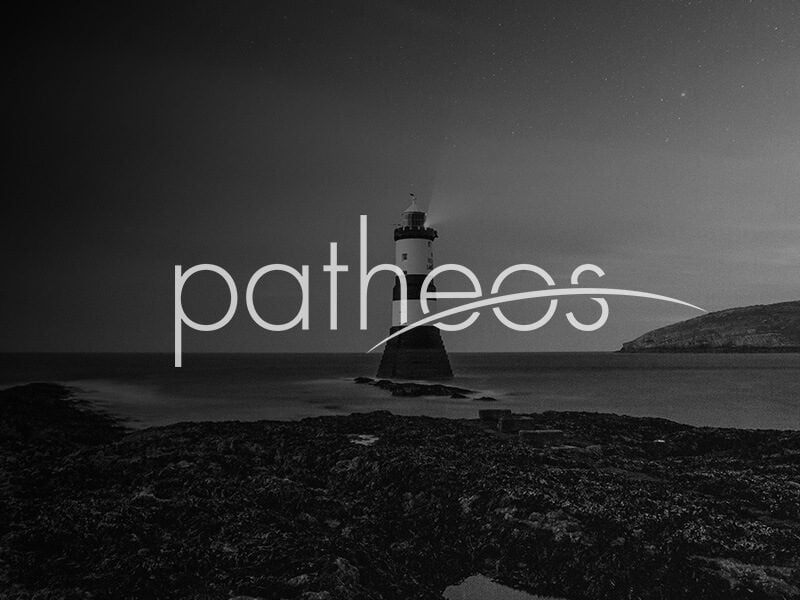Irony has been defined as “a rhetorical device, literary technique, or situation in which there is an incongruity between the literal and the implied meaning.” Basically meaning not being earnest or honest. The words that come out do not have basis in real intention.
Christy Wampole writes an article in New York Times – How to Live Without Irony – about the prevalence or as she says “binging on Irony”, specially in the US. I agree.
Here is a start: Look around your living space. Do you surround yourself with things you really like or things you like only because they are absurd? Listen to your own speech. Ask yourself: Do I communicate primarily through inside jokes and pop culture references? What percentage of my speech is meaningful? How much hyperbolic language do I use? Do I feign indifference? Look at your clothes. What parts of your wardrobe could be described as costume-like, derivative or reminiscent of some specific style archetype (the secretary, the hobo, the flapper, yourself as a child)? In other words, do your clothes refer to something else or only to themselves? Do you attempt to look intentionally nerdy, awkward or ugly? In other words, is your style an anti-style? The most important question: How would it feel to change yourself quietly, offline, without public display, from within?
The guests in this discussion are:
Christy Wampole, professor of French and Italian at Princeton University. She’s the author of a recent op-ed How to Live Without Irony.
Jonathan Fitzgerald, author of the forthcoming Not Your Mother’s Morals: How the New Sincerity Is Changing Pop Culture for the Better and the editor of Patrolmag.com.













